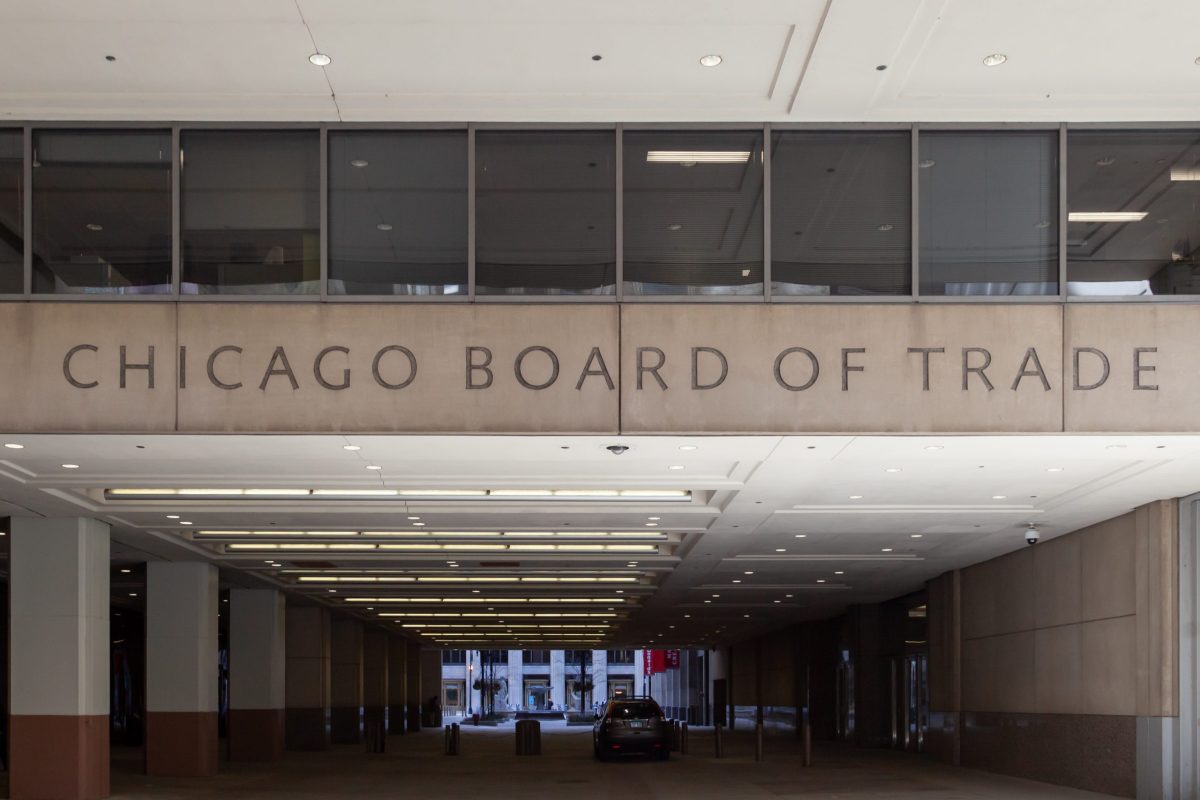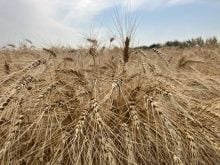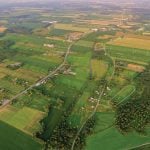WINNIPEG, Dec. 13 (CNS) – Soybean acreage looks set to increase next year in Manitoba due to good yields and prices. The expansion comes despite the fact the province is overdue for a killing frost and U.S. acreage is set to grow.
“This year we had just over 1.6 million acres planted. Early projections call for two million acres (next year),” said Dennis Lange, pulse specialist for Manitoba Agriculture.
However, for that to occur some other crops will have to make room. Lange says canola could be one to feel the pinch, along with peas and a few others.
Read Also

U.S. grains: Soybean futures hit one-month high on U.S.-China trade hopes
Chicago Board of Trade soybean futures hit their highest level in a month on Monday on renewed optimism over U.S.-China trade talks after U.S. President Donald Trump said he believed Beijing would agree to a soybean trade deal and will buy U.S. soy again.
“We saw a rise (in field peas) last year. But we’ve had some weather conditions, especially in the south, so we’ll probably see those acres drop off,” he said.
Lange says soybeans held their own this year despite the wet weather. Average yields hit a record 41.3 bushels per acre in the province in 2016, according to data from Statistics Canada. That’s up by about four bu. an acre from the previous record.
“I’m saying we could see 42 bu. an-acre-a-year averages,” he said, adding the picture would become clearer once crop insurance data had been tabulated.
Low fertilizer costs are another reason behind soybeans’ attractiveness. Soybeans produce their own nitrogen
However, some of the factors that producers should consider before planting, said Lange, include seed cost and the long growing season needed for a successful harvest.
“What growers have to remember is that we haven’t had a killing frost in soybeans in over six years,” he noted.
Soybeans are typically planted in May and harvested in mid-to-late September, said Lange.
However, he said 2016 was an exception due to the wet weather.
“This year it went into late October due to the late weather. But with commodity prices being strong, growers have had good yields, good returns,” he said.
Meanwhile, it appears U.S. soybean seeded area will also increase.
A recent forecast by Informa Economics predicted American growers would plant six percent more soybeans in 2017, pushing area to 88.4 million acres.














